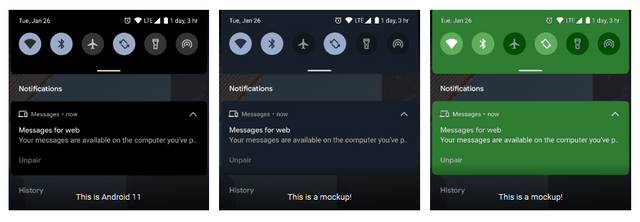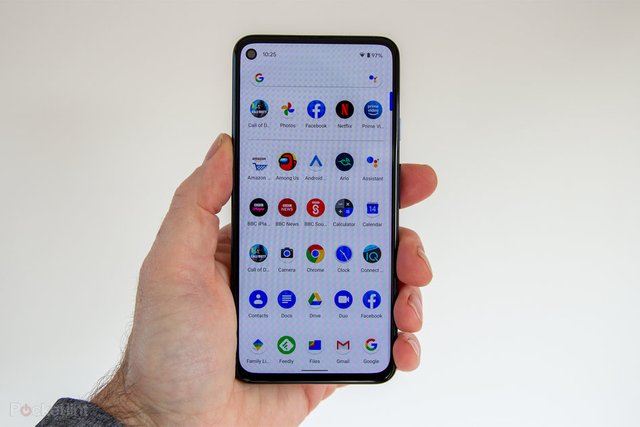On Android 10, Google introduced a dedicated dark mode to reduce eye strain and look cooler. For Android 12, Google is committed to introducing a deeper theme system so that it can recolor the supported applications.
On today’s Google Pixel phones, you can choose one of a few colors to use as a voiceover in a few places such as the “Quick Settings” tile and brightness slider. Besides, the main way to customize phone colors is to switch between light and dark themes.
According to the information viewed by 9to5Google, Android 12 is working hard to introduce a native theme system that allows you to choose a primary color and a color scheme, and view those colors reflected in the entire Android.
The selected primary color will even affect the background color of the notification and the “Quick Settings” area.
We made some rough model images showing the appearance of the theme enabled. In the prototype, we borrowed the “dimmed” blue shade from Android’s Twitter and combined it with the Pixel’s “Space” accent color. In the second model, we used some colors from the green “Material Design” palette.

The actual colors you can choose will vary from brand to brand, and may even vary from model to model, as each phone manufacturer may have its own color set. Unfortunately, there seems to be no way to make your own unique color scheme, nor can it be installed through the Play Store.
But what really makes the Android 12 theme system unique is that the developers of Android apps can also access the main and key theme colors of your choice. This means that if the developer chooses, your favorite Android app can better match the selected theme of your phone.
In contrast, an app built for Android 10+ only knows whether you are in light mode or dark mode, and can adjust to whatever the app considers being a dark theme. However, dark mode is largely a subjective issue, and many people have different opinions on which option is best.
Some people prefer dark gray or even dark blue, while others believe that true “AMOLED black” is the only correct dark theme.
Developers do not need to design multiple color schemes to suit their customers, and individuals can choose their own color schemes and make them potentially respected by the application.
This deeper level of customization that may affect third-party applications such as Android 12 seems to have brought about the need to use rooted devices and the theme system Substratum built by the community.
The main difference between the Android 12 theme and Substratum is that Substratum will force a single application to display a specific appearance, while Android 12 only provides the selected theme color to the application as part of the Android API.
Interestingly, you can also automatically select Android 12 theme colors based on the current wallpaper. When you change the wallpaper, Android should be able to seamlessly switch to a new color similar to the wallpaper palette.
